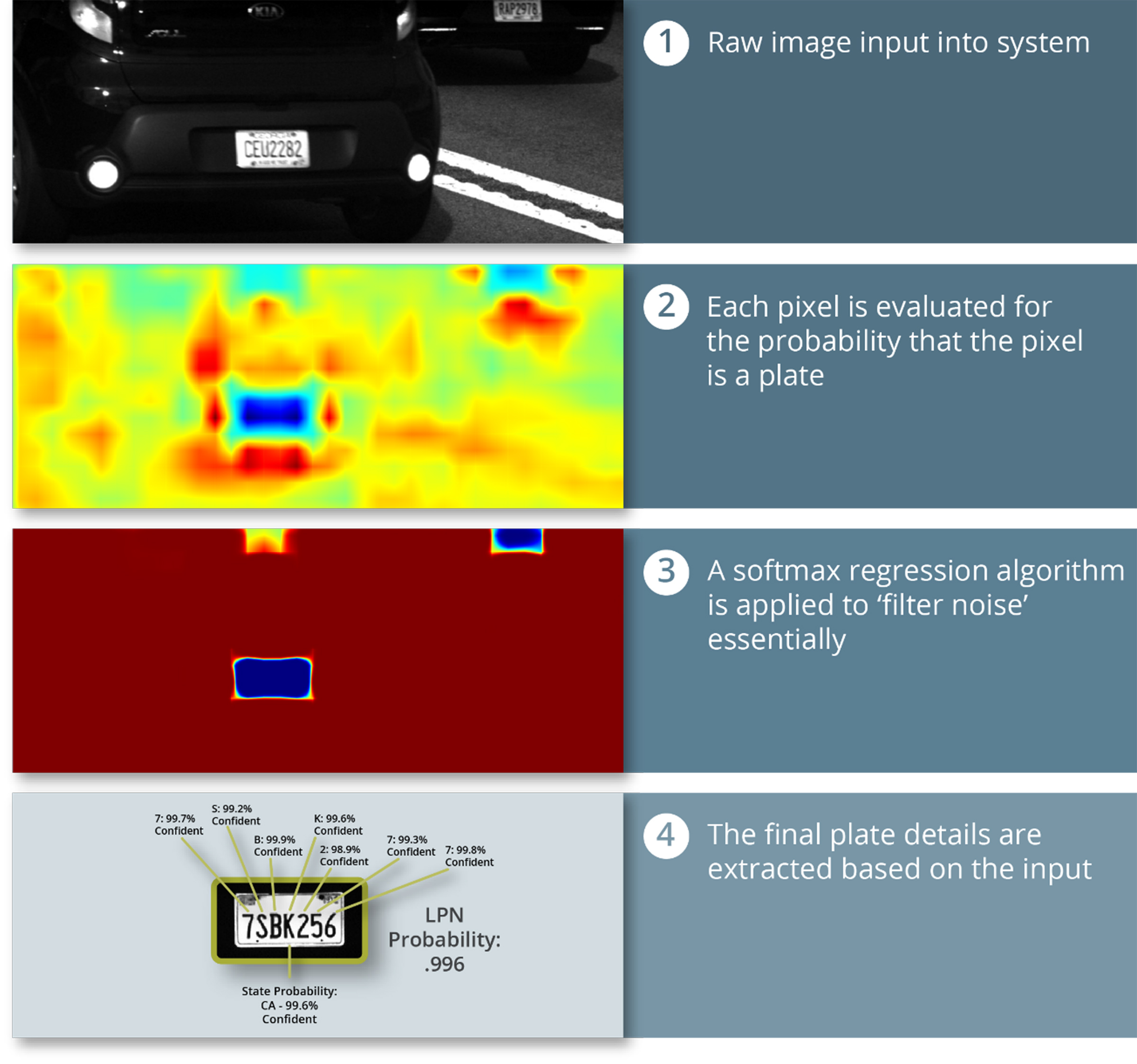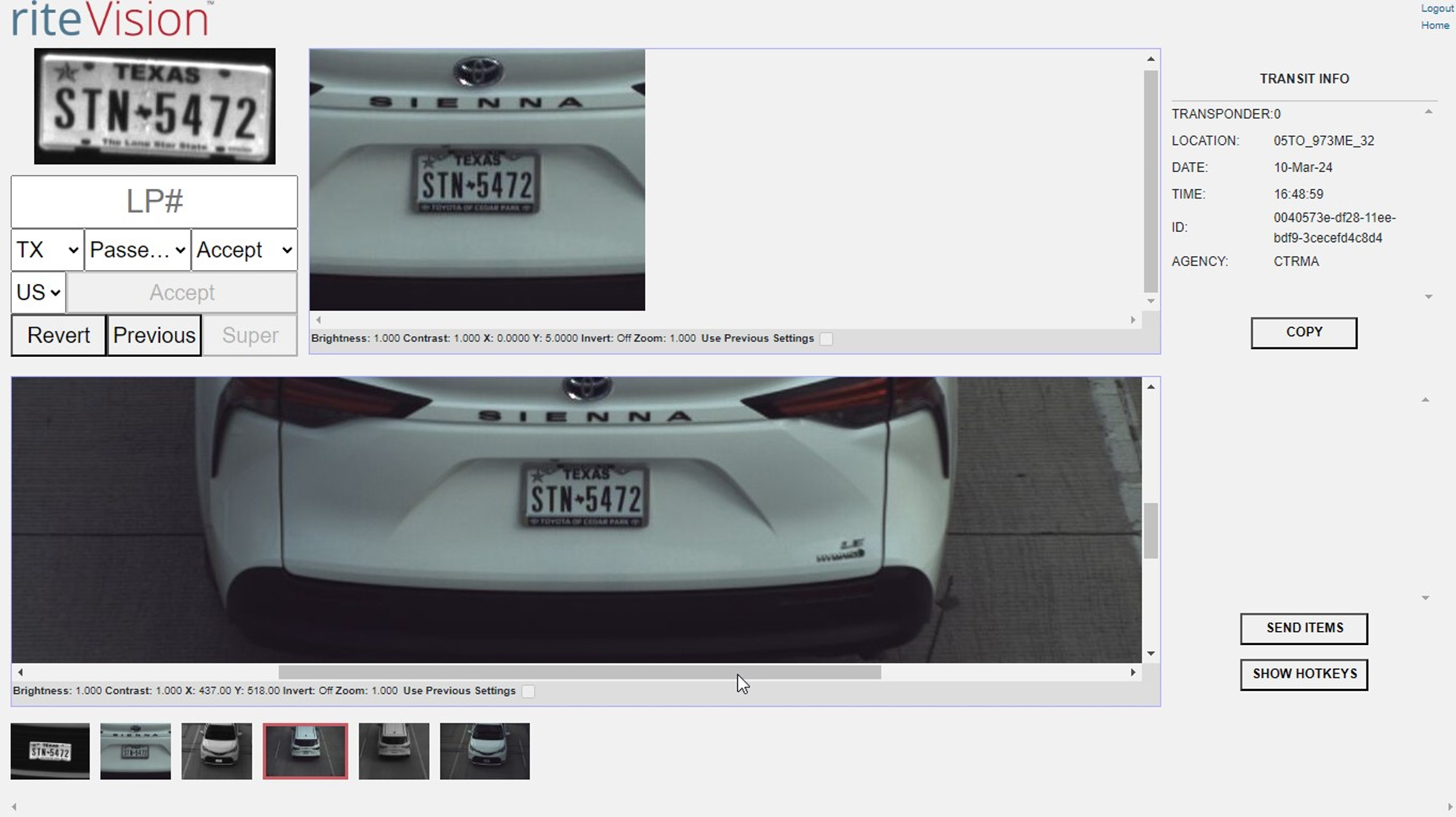Future-proofing toll operations
An AI-enabled ANPR toll solution has been designed to redefine the landscape of vehicle identification for free-flow systems, ensuring reliable and accurate data, even in harsh weather conditions.

Author: Dan Dobransky, our Senior Director, Roadside Transformation
Modern traffic management systems and toll operations support our daily commutes, commercial transportation, and overall mobility in urban and rural landscapes. Maintaining the accuracy and efficiency of these systems is key to reducing congestion, enhancing safety, and ensuring seamless transit experiences for millions.
AI is revolutionizing the way these systems work by introducing smart vehicle identification and enforcement mechanisms into the mix. Gone are the days of extensive human license plate review. Today, AI technologies efficiently manage toll compliance, maintaining traffic flow while safeguarding revenues. With AI-assisted cameras and software, vehicles are automatically identified in seconds as they pass through toll points. License plate numbers are captured, and non-compliant vehicles are flagged for enforcement. This pinpoint accuracy in vehicle identification ensures that drivers can’t slip through the system without paying, making the process fairer for everyone. This intelligent application of AI leads to faster commutes, simplified enforcement, and a modernized approach to managing our roadways.
A KPMG study on toll operators revealed they’re losing an average of US$8 million annually due to inefficiencies and outdated technology. Traditional vehicle identification methods often struggle under the myriad challenges presented by diverse weather conditions, plate obfuscation, and the ever-increasing pace of traffic. Quarterhill’s riteVision, an AI-enabled Automated Number Plate Recognition (ANPR) solution, is designed to mitigate inefficiency and leakage experienced by operators.
Innovating with AI and Cloud Computing
Quarterhill’s riteVision is engineered to redefine the landscape of vehicle identification, leveraging the potent combination of cloud computing, artificial intelligence (AI), and machine learning. Designed primarily to cater to the nuanced needs of toll collection companies, riteVision promises unparalleled accuracy and performance, ensuring reliable vehicle identification while handling the high volumes toll operators experience during peak traffic periods. It embodies a best-in-class continuous integration/continuous delivery (CI/CD) process that significantly diminishes the necessity for manual image review to optimize operational efficiency and reduce costs.
Capacities for Tomorrow’s Traffic
Toll facilities handle millions of transactions daily. Implementing scalable AI solutions ensures that systems can manage peak traffic efficiently without compromising accuracy. riteVision is optimized for free-flow toll systems, offering easy integration with existing infrastructures while promising continuous evolution to further refine efficiency and minimize operational expenses. Benefits of adopting riteVision include a 50% reduction in manual reviews, elimination of custom coding for stacked characters and temporary plates, and a notable 18% increase in auto-pass rates, all under a fixed pricing model that eases budgeting and financial planning

riteVision’s AI-Driven Plate Recognition
Mastering Harsh Weather Conditions
One of riteVision’s standout features is its robust handling of snow and low-visibility conditions. Utilizing a multi-layered deep learning image processing stack, the solution can distinguish valid plates from obstructed ones, employing infrared imagery to improve contrast and visibility. This technical prowess extends to real-time image filtering, effectively discarding irrelevant data and utilizing cloud computing resources with optimal efficiency.

AI Improves Read Rates in Harsh Weather Conditions
High-Level Automation and Continuous Improvement
The essence of riteVision’s efficiency lies in its high automation levels and self-correcting algorithms. By employing a multi-stage classification system and reinforcement learning, the solution progressively minimizes human intervention, learning from previous corrections to enhance future accuracy. This is complemented by error correction and reprocessing features that ensure incorrectly processed images undergo thorough reanalysis, allowing the system to learn from past mistakes and steadily improve its precision.
Bridging Cross-border Compatibility and Real-time Data Access
riteVision was developed in the challenging U.S. context, where one state can issue many plate variants with different colors, fonts, and patterns of characters. riteVision’s ability extends beyond the identification of similar plates to ensure multi-jurisdiction plate compatibility, a crucial feature for states with high cross-border traffic. While primarily achieved through deep learning algorithms fine-tuned for regional plate variations, when riteVision encounters a plate that cannot be fully read due to occlusion or damage, the system can query vehicle databases for real-time cross-referencing of vehicle registrations. Quarterhill’s machine learning models are trained with a diverse range of plate formats and are regularly updated to include new formats as they are introduced.
Ensuring Scalability and Continuous Optimization
With cloud scalability at its core, riteVision is built to automatically adjust resources in response to fluctuating traffic demands, leveraging Kubernetes for container orchestration and ensuring peak performance at all times. The system’s design also emphasizes backlog resolution through parallel processing pipelines, ensuring rapid processing and resolution of delayed images.

RiteVision Review Interface
Commitment to Security and Compliance
In an era where data privacy and compliance are paramount, riteVision stands out for its adherence to GDPR guidelines. It employs end-to-end encryption for all processed data and ensures high SLA performance with a 99.5% uptime guarantee. This not only ensures the system’s reliability but also underscores Quarterhill’s commitment to user privacy and data security.
The Future of Traffic Management
The future of traffic systems is increasingly intertwined with broader environmental and societal goals, with efficient toll systems playing a critical role in this evolution. By facilitating smoother traffic flows, these systems not only alleviate congestion but also contribute significantly to the reduction of emissions. This synergy between traffic management and environmental objectives enhances public perception and brings us closer to the ideal of smart cities, where technology and urban planning converge for the greater good. Moreover, the advent of autonomous vehicles and shifting traffic patterns necessitates a forward-thinking approach to toll system functionality. Adopting adaptable, AI-driven systems like riteVision ensures toll operators can stay ahead of these changes, making such innovations not just an evolution but a necessary step towards futureproofing our urban traffic infrastructures.
Share your story
Do you have an innovation, research results or an other interesting topic you would like to share with the professionals in the infrastructure, traffic management, safety, smart mobility and parking industry? The Intertraffic website and social media channels are a great platform to showcase your stories!
Please contact our Sr Brand Marketing Manager Carola Jansen-Young.
Are you an Intertraffic exhibitor?
Make sure you add your latest press releases to your Company Profile in the Exhibitor Portal for free exposure.
Get up to speed on the mobility industry - our newsletter straight to your inbox!



